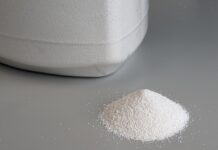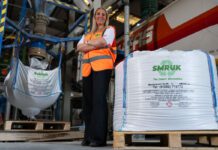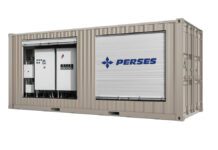Peter Hayes, Business Development Executive from waste management specialist CDEnviro, looks at the issues and emerging solutions with remediating land and making it fit for purpose.
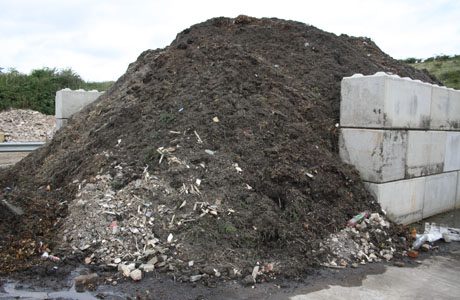
Across the globe, more people now live in cities than in rural areas, and the percentage is continuing to rise. This trend towards increasing urbanisation puts a tremendous strain on resources, not least the land available for the development of new homes and businesses. Our increased urbanisation and desire to protect greenfield land means that it is more important than ever to reuse as much land as possible. However, with soil contamination caused by hundreds of years of industrialisation, remediating land is usually easier said than done.
When looking to process brownfield land, the two most significant issues are commonly heavy metals and hard rock. Hard rock can be big, abrasive and difficult to process and really takes its toll on machinery; it takes the equivalent of an ‘iron fist’ to break it down. In contrast, heavy metals, such as cadmium, lead, chromium, copper and zinc – either on the soil or at elevated levels within it – require a more sensitive approach; the ‘velvet glove’ as it were. When these approaches are applied separately, as they usually have to be, it leads to problems with processing, longer time scales and high disposal costs for the waste materials.
Regulating remediation
There are a number of European Union directives governing the treatment of waste, including the scope and general rules for treatment of waste containing heavy metals. By regulating the treatment of composite waste products, such as electronics, vehicles and batteries, the idea is that recycling rates for these materials will be increased. A number of directives now regulate the content levels of the heavy metals cadmium, mercury and lead in marketed products in order to reduce their use.
Across Europe, landfill sites are increasingly unwilling to accept these polluting materials. At the same time, there is a lack of appropriate recycling centres, and forward-thinking EU countries looking to reinvent landfill revenues into remediation projects incur significant transport costs. The use of tax receipts and revenues generated from environmental levies to reclaim contaminated sites and create a positive legacy for this land is, however, becoming more commonplace.
Spillages and mismanagement
While hard rock and heavy metals may be a naturally occurring phenomena, polluted brownfield soil is often the result of spillages, mismanaged industrial sites, or the unforeseen consequence of using materials once thought to be nonthreatening. Heavy metals are naturally present in soil, but any more than trace amounts are detrimental and they are now one of the most frequent land pollutants.
There is growing evidence of the dangers of contaminated soil. It can affect human health either through direct contact or by ingestion through the food chain. There is also the risk of inhalation including anthrax spores, small pox and noxious gases release when the soil is disturbed. Land is legally considered to be contaminated when substances it contains could cause ‘significant harm to people or protected species’ or ‘significant pollution of surface waters or groundwater’.
The type of contamination on any site is unique, and is dependent on what has happened on the land and for how long before remediation was required. There are sites on London’s docklands, for instance, that it was not commercially viable to remediate and redevelop for many years due to the high levels of pollution, even with some of the highest land values in Europe.
A customised, site-by-site approach to assessing risk is needed. This must take into account the individual environmental characteristics of soils and the activities that have taken place there or nearby. Contamination comes from a variety of sources: mostly industry (non-ferrous industries, but also power plants and iron, steel and chemical industries). Each site has a unique risk profile, chemistry and history. Therefore a flexible approach to decontamination is required.
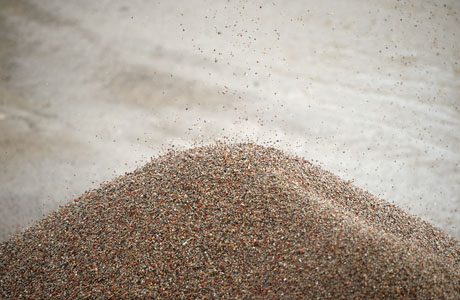
Twin-track approach
When looking to remediate land, companies are usually faced with a choice between a ‘big bruiser’ machine, such as a heavy-duty excavator-mounted breaker, to deal with large stones, or a more scientific approach to deal with the heavy metals. The former lacks the required finesse and the latter all too often fails because it is not robust enough to tackle the larger stones.
Alternative solutions are becoming increasingly available. Companies such as my own have developed a twin-track approach. Bringing science and engineering together we provide a solution to brownfield remediation which finally bridges the gap between the theoretical and the practical.
Customised design
The optimum solutions work with a design that factors in the likely contaminants, space available, and the degree of portability required. Ideally these systems are modular and portable so that they can be transported and implemented in a number of situations. This gives the flexibility required whatever the location and contaminant.
Material scrubbing and recovery processes are used to deal with the heavy metals, and tertiary water treatment allows the reuse of water that becomes heavily contaminated in the recovery process.
Hydrocarbons can also be removed from the surface of the contaminants and then isolated and removed from the washing water afterwards. An efficient mechanical washing and scrubbing process reduces the need for chemicals like surfactants to be used, or even eliminates it entirely. This means a large saving on operating costs.
These machines can also process organic matter, and transform material formerly bound for landfill into a resource. Cleaned stones can be reused in construction projects instead.
By putting an iron fist in a velvet glove land remediation becomes a more straightforward and achievable project, benefiting the environment and economy, and improving the lives of those living in our increasingly urban world.
For more information about CD Enviro go to www.cdenviro.com.



